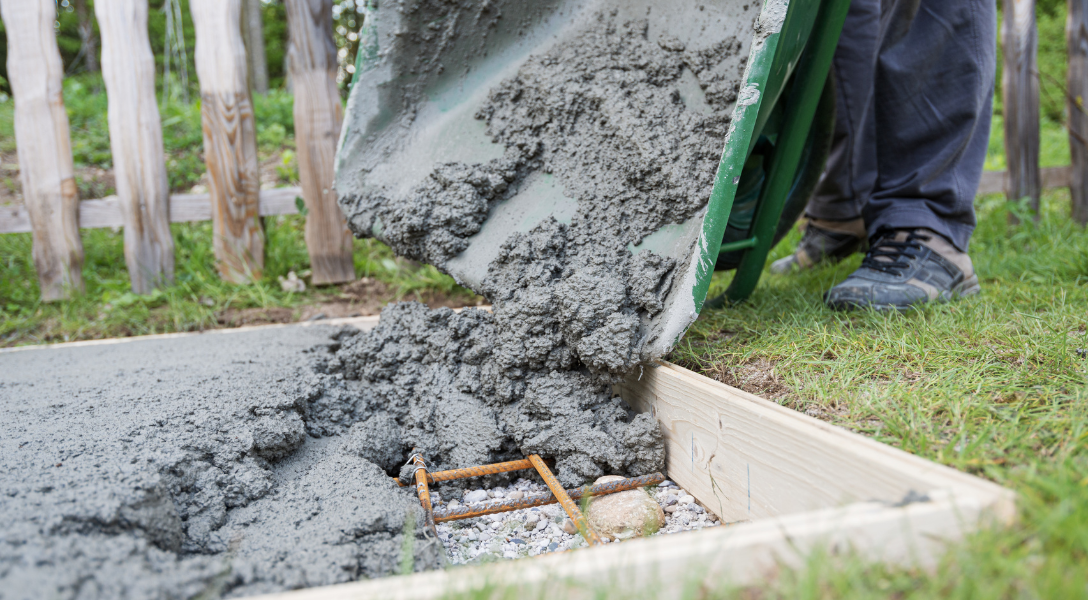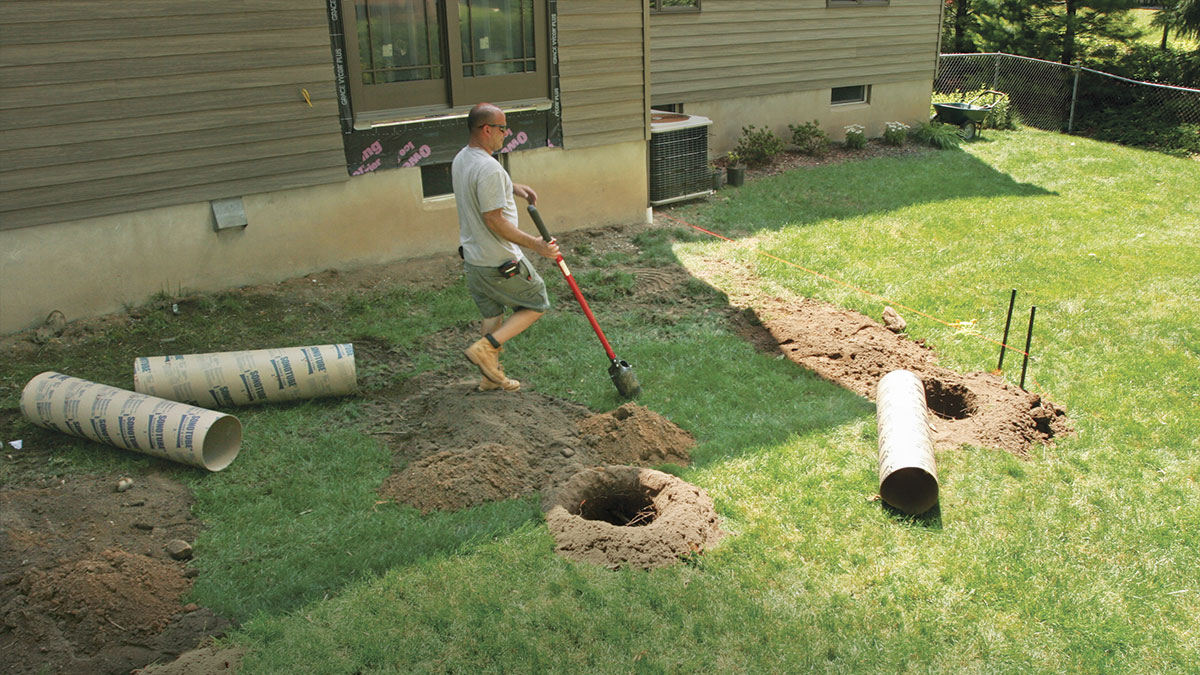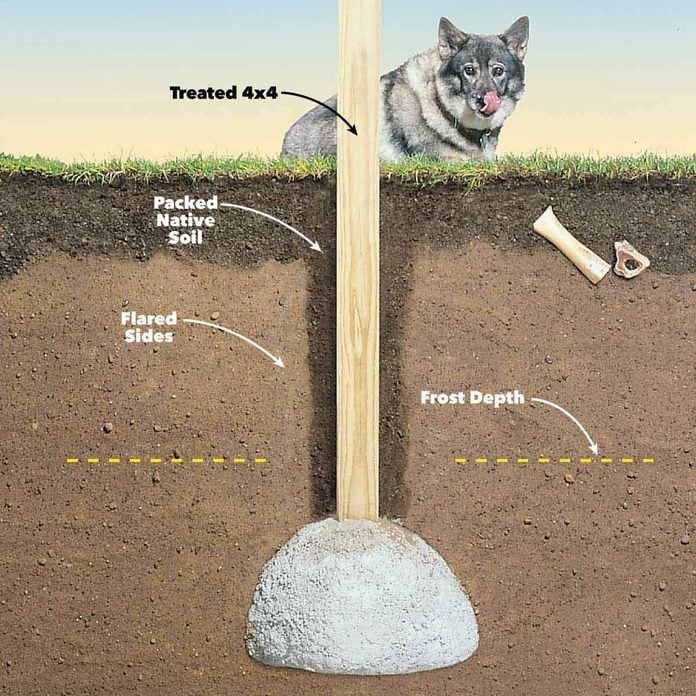Ensure Stability and Long Life With Correctly Set Up Deck Grounds
Deck footings might not be the most glamorous element of deck building and construction, but they play a crucial function in making sure security and long life. In this conversation, we will discover the importance of appropriate deck footings, factors to think about throughout setup, different types of footings available, detailed installment guide, and upkeep pointers for ensuring long-lasting grounds.

Relevance of Proper Deck Footings
Why are appropriately installed deck footings essential for the security and longevity of your deck? Deck footings are the structure on which the deck rests, moving the lots from the deck to the ground.
Firstly, effectively set up deck grounds disperse the weight of the deck uniformly, protecting against any kind of irregular settling or sinking. This is especially vital in locations with unsteady soil, as it aids to reduce the threat of the deck collapsing or shifting. Additionally, well-installed footings guarantee that the deck continues to be degree, stopping any structural damage that can occur when a deck ends up being irregular.
Secondly, correctly installed grounds offer a strong anchor for the deck, stopping too much motion and guide. This assists to preserve the structural integrity of the deck, reducing the threat of injuries or mishaps. It additionally lessens the wear and tear on the deck, permitting it to endure the aspects and normal use for a longer amount of time.
Elements to Consider for Deck Footing Installation
When installing deck footings, there are several crucial variables to consider for proper setup. Different dirt kinds have various load-bearing capabilities, so it is essential to perform a dirt test to ensure the grounds can sustain the weight of the deck and its occupants. By taking right into account these aspects, you can make sure the appropriate setup of deck grounds and take pleasure in a lasting and secure deck.
Sorts Of Deck Footings to Select From
There are numerous different kinds of deck grounds readily available for you to pick from. Each kind has its very own advantages and disadvantages, so it's vital to consider your certain needs and the problems of your deck prior to making a choice.
One common kind of deck ground is the concrete footing. This entails digging holes in the ground and pouring concrete right into them to develop a strong structure. Concrete footings are sturdy and provide outstanding security, making them ideal for decks in locations with tough dirt problems or high wind lots.
An additional alternative is the helical pier footing, which is composed of a steel shaft with helical plates that are screwed into the ground. These grounds are quick to set up and can be used in different dirt kinds, including sandy or clay soils. They are also flexible, enabling for easy progressing of the deck.
Sonotube grounds are one more prominent selection. These grounds are developed by placing a cardboard tube in a hole and loading it with concrete. Sonotube footings are fairly easy to set up and provide appropriate security for smaller sized decks or in areas with much less requiring soil conditions.

When choosing the type of deck footing, it's important to take into consideration aspects such as dirt problems, deck dimension and weight, regional building regulations, and personal choices. By choosing the appropriate footing type, you can make certain the stability and durability of your deck.
Step-by-Step Guide for Installing Deck Footings

Identify the place: Begin by marking the exact position of each footing using risks and string (Deck Footings). Take into account any type of regional building ordinance or regulations regarding setback ranges
Dig the holes: Make use of a message opening digger or an auger to dig the holes for the footings. The deepness will certainly depend upon the frost line in your area and the kind of soil. Generally, a deepness of a minimum of 36 inches is advised for security.
Degree the openings: Make sure that all-time lows of the openings are degree (Deck Footings). This can be attained by utilizing a level or a straight board across the top of the openings
Add gravel: Location a layer of crushed rock at the end of each opening to enhance water drainage and stop the ground from penetrating the soil in time.
Put the footing forms: Insert the footing creates into the openings, guaranteeing they are centered and degree. Use risks to secure them in place.
Mix and pour concrete: Comply with the directions on the concrete mix bag to prepare the concrete. Pour the concrete right into the footing types, filling them totally.
Smooth the surface area: Utilize a trowel to smooth the surface area of the concrete and get rid of any kind of air pockets. Permit the concrete to heal according to the producer's guidelines.
Upkeep Tips for Resilient Deck Grounds
Correct maintenance is essential for making sure the durability and stability of deck grounds. By frequently evaluating and keeping your deck footings, you can protect against damages and potential security hazards. One vital facet of maintenance is to consistently check for any type of indications of deterioration, such as splits or motion in the footings. It is important to address them promptly to avoid further damages. if you notice any type of problems.
Routine cleaning is also important for maintaining deck footings. Plant life, dirt, and particles can build up around the footings, which can lead to moisture accumulation and degeneration. Cleaning up the grounds frequently, making use of a brush or a stress washer, can assist stop these issues and prolong the life-span of your deck.
In addition to cleansing, it is essential to keep the location around the grounds free from any obstructions. Stay clear of piling things against the footings or allowing plants to expand also near to them. These obstructions can catch wetness and cause the grounds to weaken with time.
Last but not least, normal resealing of the footings is recommended to secure them from dampness and other environmental aspects. why not try these out Using a waterproof sealer can help stop water damages and expand the lifespan of the grounds.
Verdict
To conclude, appropriate installment of deck grounds is crucial for guaranteeing stability and longevity of your deck. Elements such as dirt kind, lots my company capacity, and neighborhood structure codes need to be taken into consideration when selecting the ideal kind of deck grounds. Adhering to a step-by-step guide for installment and normal maintenance will certainly help to guarantee the footings continue to be resilient and resilient.
In this conversation, we will certainly check out the relevance of proper deck grounds, factors to consider during installation, different types of grounds readily available, step-by-step installation overview, and upkeep suggestions for ensuring lasting footings. Deck grounds are the foundation on which the deck rests, moving the lots from the deck to the ground.One typical kind of deck ground is the concrete footing. Put the ground types: Place the footing forms right into the holes, ensuring they are focused and level.In conclusion, proper setup of deck footings is vital for making sure stability and durability of your deck.